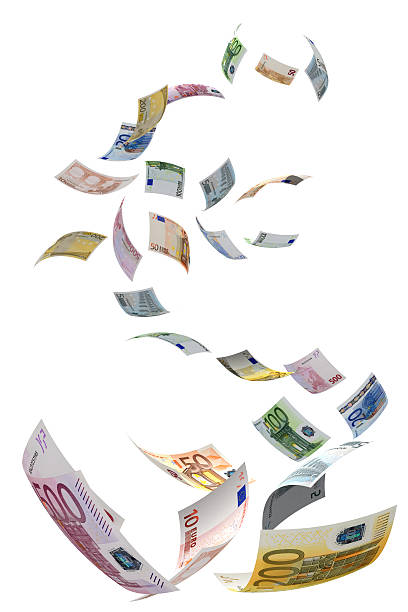Emerging Giants: The Rise of E-Paper Technology
In the ever-evolving world of technology, e-paper is fast becoming the next big thing. This transformative technology, once confined to e-readers, is now finding its way into a myriad of applications, from smartwatches to digital signage. Let's take a closer look at this intriguing technology, its origins, how it works, and the impact it's set to make on our digital lives.

Understanding E-Paper
E-Paper, or electronic paper, is a display technology designed to mimic the appearance of ordinary ink on paper. Unlike conventional flat panel displays, which emit light, e-paper displays reflect light like ordinary paper, making them more comfortable to read and providing a wider viewing angle.
The concept of e-paper was first proposed in the 1970s by Nick Sheridon at Xerox’s Palo Alto Research Center. The first e-paper, called Gyricon, was a simple design consisting of tiny rotating spheres of charged plastic, black on one side and white on the other. However, it wasn’t until the 1990s that e-paper began to evolve into the advanced display technology we know today, thanks to companies like E Ink Corporation.
The Technology Behind E-Paper
E-paper displays work by using tiny microcapsules filled with electrically charged particles suspended in a liquid. When an electric field is applied, the particles move to the top of the microcapsule, forming visible images. The beauty of this technology is that once the image is formed, it remains on the screen even when the power is turned off, making e-paper displays extremely energy efficient.
E-Paper Today
E-paper has come a long way since its inception. Today, it’s used in a wide array of devices beyond just e-readers. For instance, Pebble, one of the pioneers of smartwatches, used e-paper for its displays. E-paper is also finding use in retail, where it’s being used for digital signage, price tags, and even interactive displays.
The Future of E-Paper
The potential applications for e-paper are vast. As technology advances, we can expect to see e-paper being integrated into even more devices. One of the most exciting developments is the advent of bendable e-paper displays. This could revolutionize the way we interact with our devices, allowing for foldable smartphones, tablets, and even wearable tech.
In terms of market impact, the e-paper display market was valued at USD 2.02 billion in 2020. It is projected to reach USD 3.12 billion by 2026, growing at a CAGR of 7.5% during the forecast period of 2021-2026.
The E-Paper Breakthrough
E-paper is an exciting technology with the potential to reshape our digital world. It offers a unique combination of readability, energy efficiency, and flexibility that can’t be matched by traditional display technologies. As e-paper continues to evolve, we can expect to see it integrated into an ever-increasing number of devices, changing the way we interact with our digital world. The future of display technology is here, and it’s written in e-ink.




